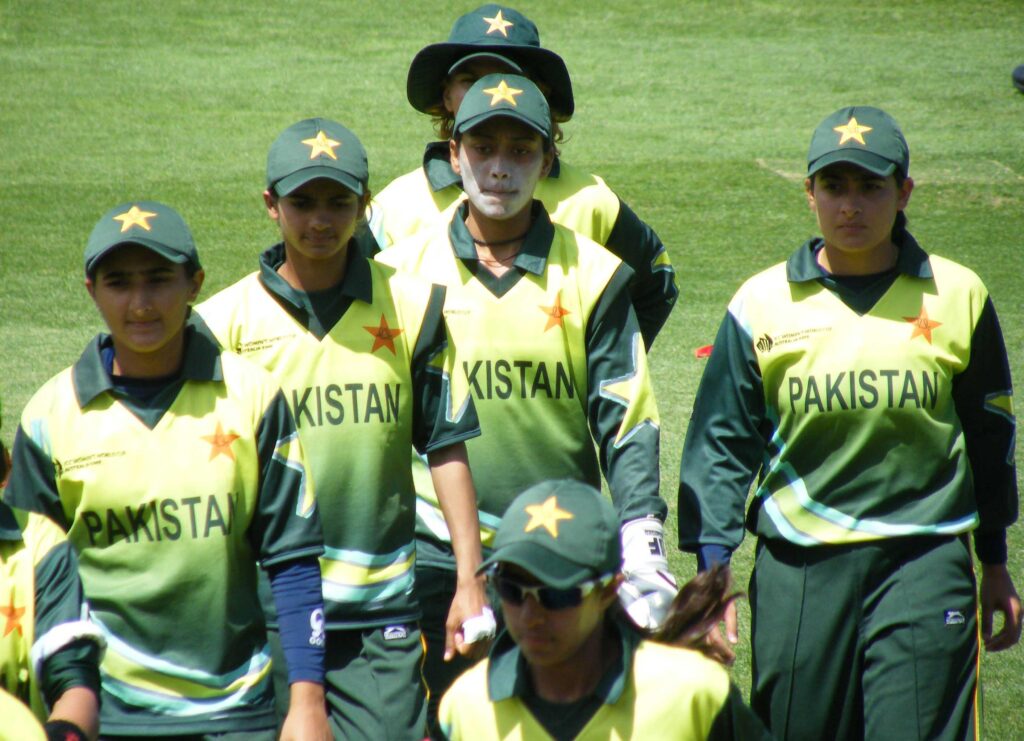- Advertisement -
Cricket Scotland’s women’s team has experienced a dramatic shift in fortunes, moving from being honored as Team of the Year to facing a perplexing absence of fixtures. Once celebrated for their achievements and growing presence on the international stage, the team now finds itself confronting a calendar devoid of competitive matches. This unexpected development raises questions about the future of women’s cricket in Scotland and the challenges faced by the sport’s development at a national level.
Cricket Scotland’s Women’s Team Faces Fixture Drought Despite Previous Success
Once hailed as one of the most promising squads in Scottish sports, the women’s cricket team has encountered a puzzling and frustrating gap in their calendar. Despite earning accolades such as Team of the Year and showcasing remarkable performances on the international stage, the players now face an extended period without scheduled matches. This abrupt pause threatens to stagnate the momentum they painstakingly built, casting uncertainty over their development and visibility in the sport.
Critics argue that the fixture drought undermines the progress made in recent seasons and raises questions about support for women’s cricket at institutional levels. Key issues at the heart of this situation include:
- Reduced investment in women’s fixtures compared to their male counterparts
- Lack of sponsorship and media coverage limiting opportunities
- Scheduling conflicts and organizational delays within Cricket Scotland
| Year | Matches Played | Major Achievements |
|---|---|---|
| 2021 | 12 | Team of the Year Award |
| 2022 | 10 | Reached ICC Europe Qualifiers Final |
| 2023 | 3 | No Major Competitions |
| 2024 | 0 (So far) | Fixture Drought Continues |
Analyzing Funding and Support Challenges Impacting Women’s Cricket in Scotland
Funding constraints have emerged as a critical barrier in sustaining the momentum of women’s cricket in Scotland. Despite the national team’s remarkable achievement as Team of the Year, limited financial backing has resulted in a scarcity of fixtures and development opportunities. The disparity between men’s and women’s cricket funding allocations remains pronounced, with sponsorship deals and government grants disproportionately favoring the men’s side. This imbalance has hindered the ability to schedule international matches, organize grassroots programs, and retain top talent within the women’s game. Stakeholders express concern that without targeted investment, the progress made over recent years could be reversed, leading to dwindling participation rates and a potential loss of competitive edge on the global stage.
The challenges surrounding adequate support extend beyond finances to logistical and structural issues within Cricket Scotland’s administration. Female players frequently cite insufficient access to high-performance resources, including coaching, training facilities, and medical support. The table below illustrates the comparison of annual expenditure between men’s and women’s cricket programs over the past three years, highlighting the persistent gap that impacts the women’s team’s preparation and engagement:
| Year | Men’s Cricket Funding (¬£) | Women’s Cricket Funding (¬£) |
|---|---|---|
| 2021 | 650,000 | 120,000 |
| 2022 | 700,000 | 130,000 |
| 2023 | 750,000 | 140,000 |
To reverse this trend, experts recommend several focused initiatives:
- Targeted investment in female cricket programs
- Enhanced sponsorship drives specifically for women’s cricket
- Equal access to high-performance facilities and support staff
- Increased international fixtures to boost experience and exposure
- Improved media coverage to attract fans and build brand awareness
Recommendations for Reviving Competitive Opportunities and Promoting Gender Equality
To restore the momentum of the women’s cricket team and rebuild competitive opportunities, a multi-faceted approach is essential. Investment must target grassroots development, enhanced coaching, and expanded domestic competitions. This includes creating regular fixtures against international and regional opponents to maintain skill levels and visibility. Importantly, transparency in scheduling and funding should be mandated to ensure that women’s cricket receives parity with men’s programs. Collaborative partnerships with schools, local clubs, and media outlets could further amplify the sport’s reach and engagement.
Advancing gender equality within the sport requires systematic changes both on and off the field. Key recommendations include:
- Implementing equal pay and resource allocation for women’s teams
- Establishing mentorship programs to encourage leadership roles for women in cricket administration
- Launching nationwide awareness campaigns to challenge stereotypes and promote inclusivity
The following table summarizes priority actions that Cricket Scotland might adopt to ensure sustainable progress:
| Action Area | Objective | Expected Outcome |
|---|---|---|
| Fixture Scheduling | Increase competitive matches per year | Improved player performance & visibility |
| Funding Equity | Allocate equal budgets for men’s and women’s teams | Resource parity and morale boost |
| Media Engagement | Secure regular coverage for women’s matches | Greater public interest & sponsorship |
| Leadership Development | Support women in coaching and admin roles | Balanced governance and role models |
Closing Remarks
The abrupt halt to Cricket Scotland’s women’s fixtures marks a concerning chapter in the team’s journey, especially after their recent recognition as Team of the Year. As the governing body grapples with scheduling and funding challenges, questions remain about the future opportunities and support available to Scotland’s female cricketers. The developments serve as a stark reminder of the fragile nature of women’s sport at the national level and underscore the need for sustained investment if progress is to be maintained and built upon.
- Advertisement -


